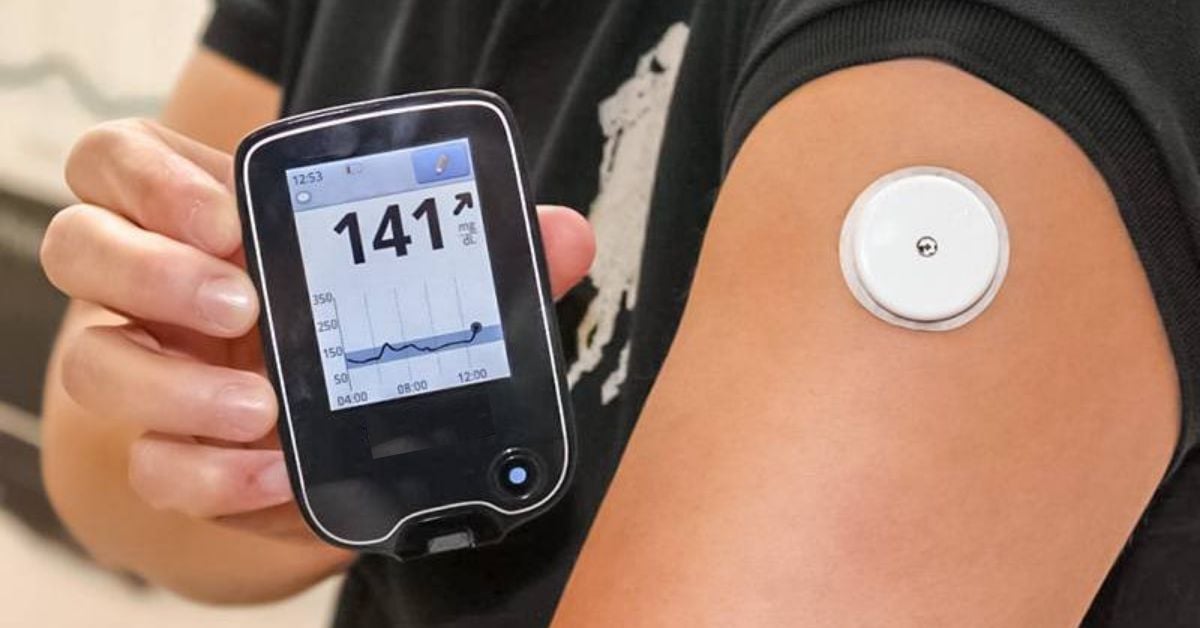The COVID-19 Pandemic and Pediatric Type 1 Diabetes
New study at UMass Chan Medical School shows no significant change in glycemic control during the pandemic lockdown, but better control when using a continuous glucose monitor
Date Posted: Tuesday, August 17, 2021
A recent study led by Benjamin Udoka Nwosu, MD, explored whether the pandemic lockdown had an effect on the blood sugar control of U.S. children and adolescents living with type 1 diabetes (T1D). Published in Frontiers in Endocrinology, the research found no significant change in glucose control between March 15, 2020, when schools throughout Massachusetts first closed due to COVID-19, through July 6, 2020.

“We feared the lockdown would worsen glycemic control and result in rising A1c and CGM data,” said Dr. Nwosu, professor of pediatrics at UMass Chan Medical School and a pediatric endocrinologist at UMass Memorial Health. “We believe a combination of parental vigilance, increased availability of telemedicine for diabetes care, and the use of continuous glucose monitors (CGM), played significant roles in keeping their blood glucose control steady.”
The study followed more than a hundred children with T1D, some of whom used CGM, while others did not. When they analyzed the CGM and non-CGM users separately, A1c outcomes were better for the families who had access to continuous glucose data provided by a CGM.
“Our results showed that parents who have the ability to monitor their children’s blood sugar on a continuous basis probably get a better bang for their buck because they’re able to identify and prevent high blood sugar episodes better than parents doing the same thing without the benefit of continuous glucose information to fine-tune insulin administration,” added Dr. Nwosu.
This was the first long-term study in the United States that investigated the effect of the pandemic lockdown on blood glucose control in pediatric T1D using A1c as the barometer. The data also showed that the young people who used CGM increased their time in range for normal glucose levels and experienced a decrease in time spent with blood sugars above 250 mg/dL. These findings align with other studies that have shown that wearing CGMs help people target hyperglycemic episodes with better accuracy than non-CGM users.
This latest information supports Dr. Nwosu’s recent study published in the Journal of Pediatric Endocrinology and Metabolism that showed CGM to reduce physiologic hyperglycemia of puberty, which often results in uncontrolled high blood sugar in young people with T1D. Another recent report by the T1D Exchange on the impact of CGM on glucose control also backed the benefits of continuous glucose monitors.
View the full article titled COVID-19 Pandemic and Pediatric Type 1 Diabetes: No Significant Change in Glycemic Control During the Pandemic Lockdown of 2020.
